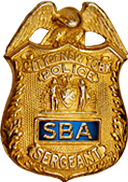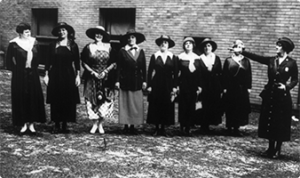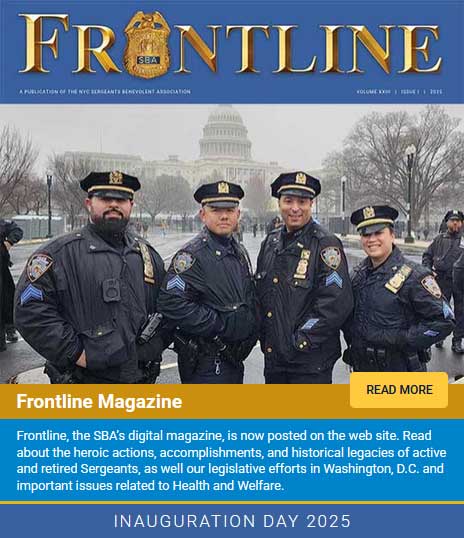Sergeants Benevolent Association of the NYPD
- Home
- Our Legacy
-
-
-
-
1918 Women Police Reserve
Women first began to appear in police departments in the early 20th century… An examination of the early history of women in policing indicates that the work of moral reformers was instrumental in the emergence of Policewomen. During the late 19th century, women’s advocacy groups were heavily involved in social issues. Examples of their efforts include the creation of a separate court for juvenile offenders as well as crime prevention out-reach related to the protection of young women from immoral sexual influences.
-
-
- SBA Leadership
- Commands
- Benefits
-
-
ACTIVE BENEFITS
-
RETIREE BENEFITS
-
MORE RETIREE BENEFITS
-
-
- Resources
-
-
-
-
-
- The Frontline magazine can be read online or printed directly from this website. You can also download a copy to your computer. If you have a story you would like to submit, please contact Robert Mladinich by phone at (917) 204-5916 or by email at rmladinich@sbanyc.org.
-
-
- Donate


Legacy of Service
LEGACY OF SERVICE
NYPD Sergeants have always been the most visible frontline supervisors in the world. Because of their widespread presence, many members of the public do not even realize there is a higher rank. Sergeants respond to all unusual incidents, working alongside the officers under their direct supervision.
Their roles are deeply ingrained in historical lore. They are known as street-savvy supervisors, wizened desk officers or those equipped with the immense knowledge to tackle any problem. Asking the Sergeant to respond to a particular incident means it warrants more than the usual actions.
The role of the NYPD Sergeant today is as integral to public safety as it was back in 1907, when Sgt. Richard E. Enright was elected the first SBA President before going on to become the New York City Police Commissioner.
“They must match their wits against the cunning of the crook as well as the smug hypocrisy of pious violators of the law,” he said, as reported in the New York Times, “They must face the clamor of the mob and the misunderstanding of the press. To do it all they must have something within them that money cannot buy, that gives them courage not to falter even when the black finger of falsehood and malice is pointed at them. There is nothing of the mollycoddle about the New York Police Sergeant.”
Defining Moments
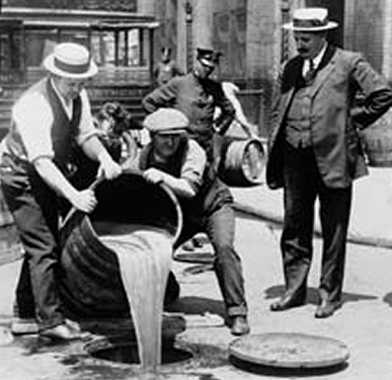
1920s – 1933: The Volstead Act
The Roaring ‘20s is best defined by the Volstead Act, which prohibited the manufacture, transport and sale of alcohol. This extremely violent time period is known as Prohibition, during which 94 Police Officers, including Sgts. Benjamin Cantor, Joseph Weekesser, James Barry, William O’Shaugnessy, Timothy Murphy, Theodore Werdann and Eugene Monahan lose their lives in the performance of their duties. From a statistical standpoint, this era was considered more violent than the crack-plagued 1980s.
New York City’s population increases to nearly 7 million, and it is known as the manufacturing, commercial and cultural capital of the world. The city is responsible for 1/12 of all manufacturing in the nation in 1923. Automobiles and motorcycles became standard modes of patrol, and in 1929 the first police airplane pursuit takes place.
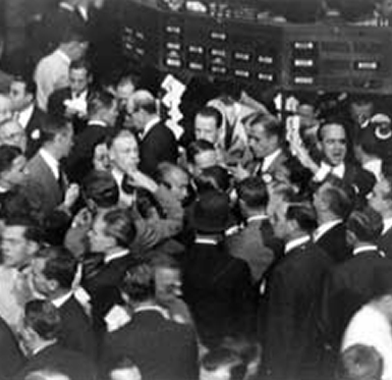
1930s – 1940s: Stock Market Crash
The stock market crash of October 1929 plunges the country into the Great Depression. The Emergency Service Unit is created in 1930. A formal Radio Motor Patrol system is established, and the first message is transmitted from Headquarters in 1932. By decade’s end, 2-way radios are installed in all police automobiles. Fiorello H. LaGuardia is elected mayor in 1934, and he oversees the first “wiring up” of an undercover officer.
Two Bomb Squad Detectives are killed while investigating an explosive device at the 1940 World’s Fair, and a year later the United States enters World War II. Scores of Police Officers serve overseas in the military, and the industrial war efforts at home bring the country out of the Depression. Sgts. George Nadler, David Kilpatrick, Matthew McCormick and Isaac Price make the ultimate sacrifice.
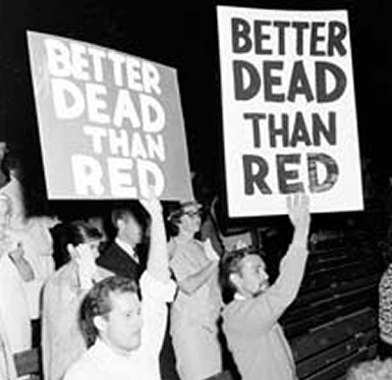
1950s – 1960s: Anti-Communist Red Scare
The 1950s begin with the anti-communist Red Scare, but by the end the Beat Generation begins openly questioning authority, leading to the counter-cultural movement of the 1960s. The first Civilian Complaint Review Board is established in 1952. Harold Melnick is elected President of the SBA in 1961. Under his leadership, Police Officers receive salary increases and previously non-existent overtime pay, health plans and other benefits.
The 1964 Civil Rights Act brings great social changes. Lloyd Sealy becomes the first African American Precinct Commander. The Vietnam War, as well as the assassinations of U.S. President John F. Kennedy, his brother, Senator Robert Kennedy, and Civil Rights Leaders Dr. Martin Luther King and Malcolm X, creates tremendous social unrest. One of law enforcement’s greatest innovations, the 911 system, is implemented in New York in 1969.
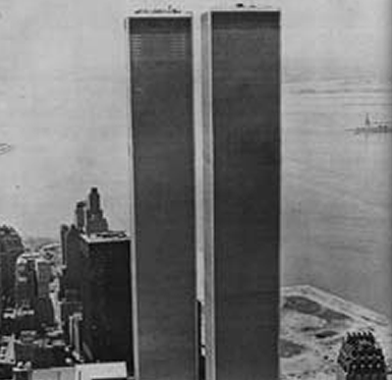
1970s – 1980s: World Trade Center Completed/NYC Teeters on Bankruptcy
Despite the fact that the twin towers of the World Trade Center are completed in 1970, New York City teeters on the verge of bankruptcy. The official rank of Police Officer replaces the designations of “Patrolman” and “Policewoman” in 1973. Social upheaval in the 1970s results in the murder of many Police Officers, including Sgts. Henry Tustin Jr., Joseph Marabito and Frederick Reddy.
The violence of the ‘70s is exacerbated by the 1980s crack epidemic, which produces a tremendous increase in violent crime. Among the many police casualties is PO Edward Byrne, who is assassinated by drug barons while guarding a witness in Queens, POs Mike Buczek and Chris Hoban, who are shot and killed just hours apart in uptown Manhattan, and Sgt. John McCormick of Bronx Narcotics, who was fatally wounded by gunfire while executing a search warrant in April 1988..
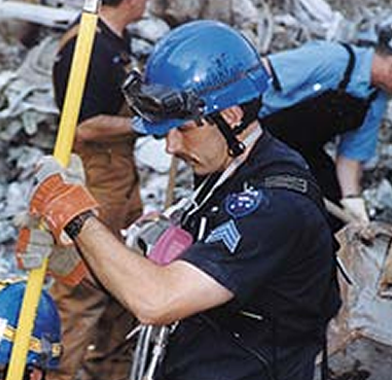
1990s – 2001: NYC Murder Rate Trending Downward
The 1990s begins with over 2,000 murders per year. The crime trend was reversed in 1994. Compstat was introduced and NYPD was transformed from a reactive to proactive department, resulting in immediate decreases in all crime categories. The former Housing and Transit Police Departments were merged with the NYPD in 1995.
Islamic terrorists attempted to topple the World Trade Center with a truck bomb in February 1993. Eight years later, on September 11, 2001, terrorists hijack 3 airliners and fly them into the World Trade Center and the Pentagon, while a fourth plane is hijacked but then commandeered by passengers and crashes in a Pennsylvania field. Nearly 3,000 people are killed, prompting the Global War on Terrorism that continues to this day.
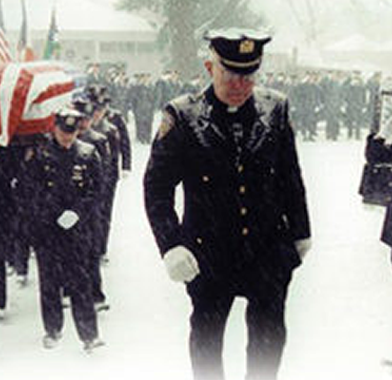
2001 – 2010
On the morning of September 11, 2001, nineteen Islamic terrorists hijack 4 airliners. Two of the planes are flown into the north and south towers of the World Trade Center in New York, while another crashed into the Pentagon in Washington, DC, and the fourth plane, believed to be headed to the White House, was commandeered by brave passengers and crashed in an empty field in Shanksville, Pennsylvania. Nearly 3,000 people are killed, including 343 FDNY members, 37 Port Authority Police Department members, and 23 NYPD members, Among the NYPD casualties are Sgts John G. Coughlin, Michael S. Curtin, Rodney C. Gillis, and Timothy A. Roy.
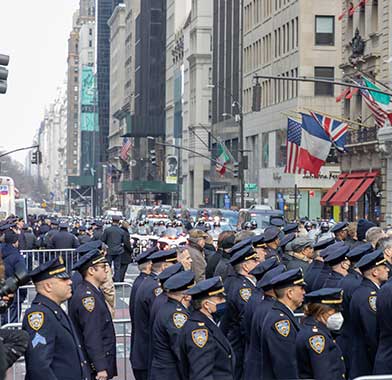
2010 – Present – Law Enforcement Under Fire
Despite its universally recognized success at making New York the safest large city in America, the NYPD, as well as police departments throughout the nation, comes under fire as rampant anti-police sentiment sweeps the nation in the late 2010s. Revised legal policies under the guise of “reforms” results in dramatic increases in crime and all-out attacks on law enforcement personnel. Among the casualties is Sgt. Paul J. Tuozzolo of the 43 Precinct, who is shot and killed while attempting to arrest a domestic abuser in November 2016.
 SERGEANTS BENEVOLENT ASSOCIATION
SERGEANTS BENEVOLENT ASSOCIATION